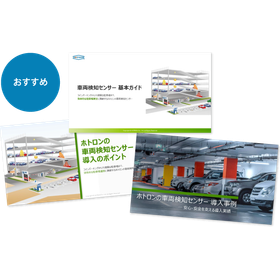[Case Study] Example of Inventory Management System Using RFID
In the acceptance of parts, raw materials, and work-in-progress at the manufacturing plant, each item has a label from its respective supplier attached to it, which does not match our own management codes. Therefore, it is necessary to replace these with our own labels upon arrival. If we could have our standardized company labels applied at the time of shipment from multiple suppliers, it would significantly reduce the labor involved during the acceptance process.
Disadvantages of operating with traditional supplier QR code labels:
(1) The information on the item labels varies by supplier.
(2) Various tasks arise during acceptance, such as issuing our own labels, replacing them, and entering records.
(3) Scanning QR codes requires additional labor.
Advantages of operating with standardized supplier RFID code labels:
(1) Suppliers issue and attach standardized labels, reducing the labor required for issuing and replacing labels in-house.
(2) RFID allows for automatic reading at the receiving gate.
(3) Incoming records are sent to the center via the cloud.

Inquiry about this news
Contact Us OnlineMore Details & Registration
Details & Registration
Related Links
In the acceptance of parts, raw materials, and work-in-progress at manufacturing plants, each item has a label from its respective supplier, which does not match the company's management code. Therefore, it is necessary to replace the label with the company's label upon arrival. This case demonstrates that if the unified company label can be applied at the timing of shipment from multiple suppliers, the labor required during acceptance can be significantly reduced.





